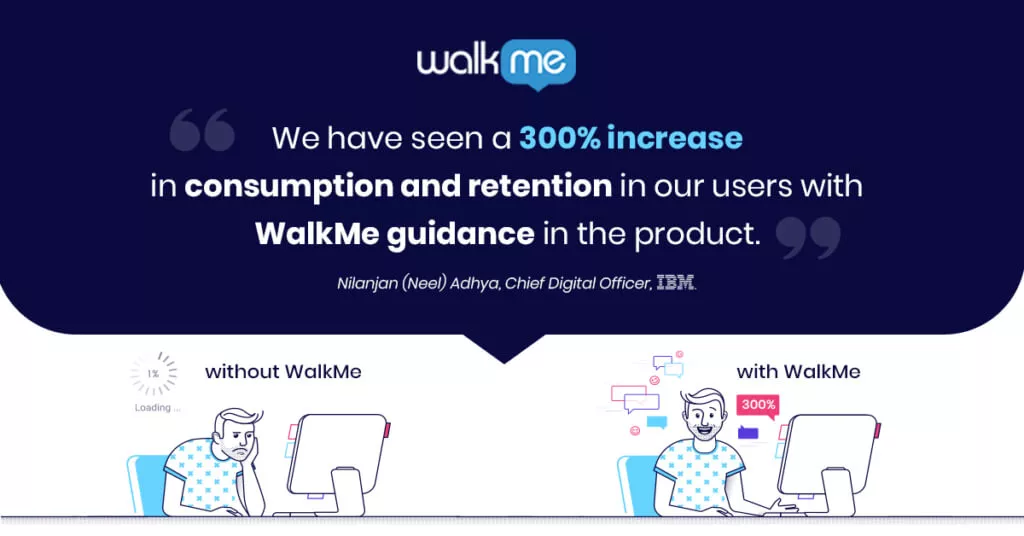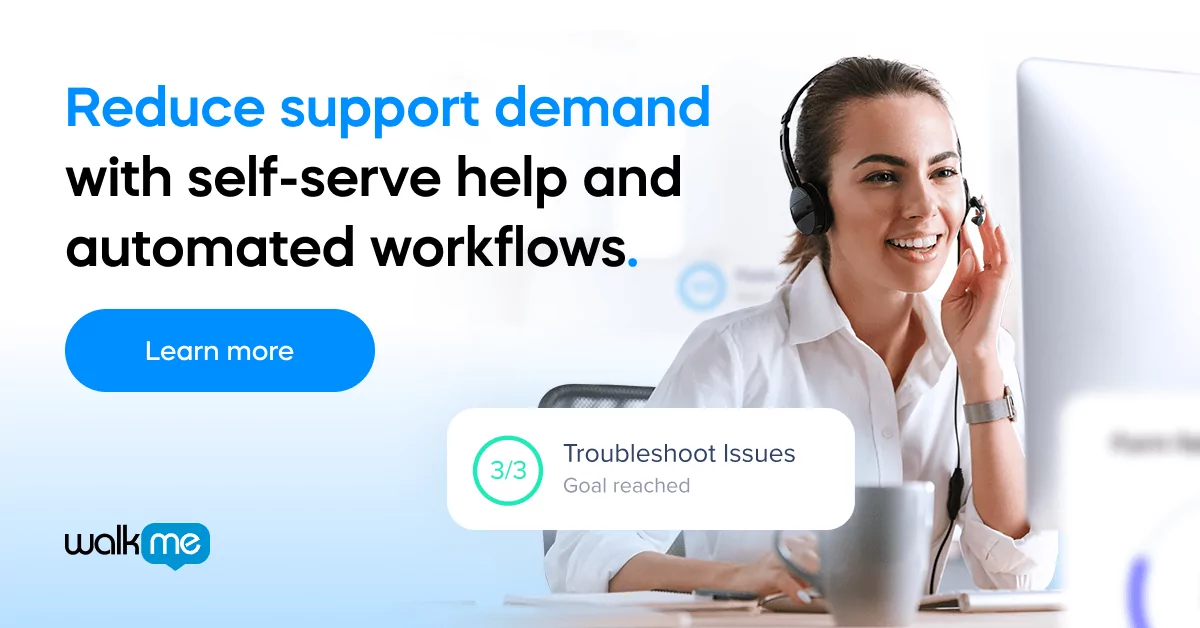As an investor today with Vitruvian Partners, I am constantly assessing many different SaaS companies and their KPIs. Most of these companies have existed for more than 5-10 years. The strongest companies that we see are those that are able to keep their growth rates up over a long period of time. What is the key to sustainability in this competitive reality?
While many younger companies are more focused on “net new sales” which makes a lot of sense in the beginning, companies that are more mature need to put considerable efforts into retention and upselling. The bigger your book of business becomes, the more important it is to focus on retention. And the simplest proxy for retention is software usage.
Usage = Value
The value of software for an organization can be measured. And while calculating that value can be tricky sometimes, the easiest KPI to see if the software is ‘working’ for the client, is usage. Usage isn’t subjective. Your product is either being adopted and used, or it’s not. And usage will make or break your customer renewals since no-one will pay for software that is not being used.
When I was the CEO of Socialbakers, I became acutely aware of how crucial it was to get new customers onboarded quickly and efficiently to ensure that they would become a lasting customer. SaaS companies invest quite a bit of effort in showing the qualities and the potential value for a client.
When a customer invests in your software, they are allocating their precious budget to your product and they will need to see a positive ROI to justify the purchase again.
Good onboarding = fast onboarding
Why does it matter if your users adopt your software quickly?
At Socialbakers, we found that the key to renewal in 12 months depended on the first 6-8 weeks of usage.
Your original champion, who pushed for your product and got the decision-makers to see the value, cannot always remain your “in” forever. People move around a lot, and you can’t depend on one person who could move departments or even companies at any point.

Ideally, most or all of your targeted users adopt your software and get their usage up quickly. If the software is not adopted (and is not mandatory for some legal or other reason), the clients with low or no usage won’t see the value of your product and are very likely to churn.
Traditional training is outdated
According to WalkMe, the average sales professional uses at least 14 different apps each day. Bringing another one into the mix needs to be made foolproof. If ramp-up time is stressful, slow, and can’t be done remotely, any digitally-enabled company will see it as a drain on their organization.
There will always be a varied level of digital dexterity across an organization and so a “tailored-fit” training plan isn’t scalable beyond a handful of employees. If you want your SaaS product to become a must-have tool, your “training” needs to be completely agile and integrated into your software itself. This is where I see how beneficial a Digital Adoption Platform can be for successful customer onboarding. The speed, efficiency, and analytics provided are simply unrivaled by any traditional training method.
IBM uses WalkMe and the platform has allowed their customers to fast forward through ramp-up time and utilize the product fully from day one. IBM’s CIO Nilanjan Adhya recently shared how effective a Digital Adoption Platform has been for their customer success:
“With WalkMe, we have been able to get our customers to quickly accomplish what they need to do without having to learn the product or go through extensive documentation,” he says, “This has significantly accelerated time-to-value for our customers and improved outcomes overall.”
How significant of a difference has it made?
IBM has seen a 300% increase in consumption and retention with WalkMe.

Built-in guidance and support is a long-term solution
Excellent SaaS products continue to evolve. There might be a temporary sense of relief and success when a customer renews, but the product must continue to adapt to the ever-progressing UX expectations and client needs, not to mention the new employees in each organization that will need “training” all over again.
Customers are therefore going to appreciate a built-in training option in order to continue to realize the ROI on your product. This one area that I see more and more enterprise-serving companies are recognizing that they simply cannot provide for their customers without a digital adoption solution.
In April of 2020, Microsoft rolled out Microsoft Dynamics 365 products with WalkMe. This is significant in the evolution of SaaS products because it demonstrates how even successful and highly valuable companies like IBM and Microsoft recognize that their customers need training and guidance that is integrated into their products. The self-service support that a Digital Adoption Platform provides cannot be matched by even the best support teams – it’s the digital advantage.
COVID-19 has been the ultimate accelerator for platforms to up their game
With workplace norms and physical training up in the air due to COVID-19, there’s no better time to assess your SaaS product’s onboarding, training, and support capabilities.
Don’t forget that timing is everything. You have about two months to prove to your new customer that your product is essential and you’ll need to demonstrate this with data on usage and adoption. I see the trends continuing to lead cutting-edge companies in the direction of digital training and guidance that can evolve with the product itself. This is the only option that is scalable, accommodates product updates, and is accessible to customers anytime, anywhere.
The “Next Normal” is unchartered territory and the SaaS products that are most agile and adaptable will lead the charge and reap the benefits.


